Prøve GULL - Gratis
THE CRASH THAT MADE OUR MOON
All About Space
|Issue 107
Understanding how our lunar companion was formed might just explain how we came to be here

It’s the brightest thing in our night sky. Over the course of history it has been revered as a god, trampled across by 12 men and immortalised in poetry. The Moon is our steadfast companion, our only natural satellite as we endlessly orbit the Sun. Yet for an object that has received such scrutiny, arguments rage about where exactly the Moon came from. A suitable explanation needs to take into account what is perhaps the Moon’s greatest oddity: its size. It is the fifth-largest moon in the Solar System, trumping most of the satellites of our much bigger planetary neighbours. If you compare the size of moons to the size of their host planet, ours comes out at the very top. Many of the smaller moons of the Solar System are thought to be captured worlds – bodies that wandered too close to a planet before getting snared in its gravitational pull. Given the size of our Moon, it’s hard to imagine that’s how it ended up circling Earth.
As far back as 1878, George Darwin – the astronomer son of famous naturalist Charles Darwin – instead proposed that Earth and the Moon were once one body and that the latter formed from material thrown off the spinning Earth. This, he said, would explain why the Moon was moving a little further away from us each year. Supporters of this idea even pointed to the lack of land in the Pacific Ocean – which stretches across half of our planet – as the birthplace of the Moon. However, scientists later realised that any force capable of dislodging such a large amount of Earthly material would likely have destroyed the rest of our planet at the same time.

Denne historien er fra Issue 107-utgaven av All About Space.
Abonner på Magzter GOLD for å få tilgang til tusenvis av kuraterte premiumhistorier og over 9000 magasiner og aviser.
Allerede abonnent? Logg på
FLERE HISTORIER FRA All About Space
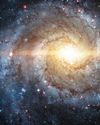
All About Space UK
MYSTERIES OF THE UNI WHERE ARE ALL THE SPIRAL GALAXIES?
There are far fewer spiral galaxies than elliptical ones in the Supergalactic Plane, and scientists are keen to discover why
7 mins
Issue 161
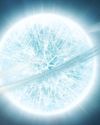
All About Space UK
ZOMBIE STARS
+10 OTHER TERRIFYING SPACE OBJECTS
8 mins
Issue 161

All About Space UK
HOW TO BEAT LIGHT POLLUTION
Thought it was impossible to observe the wonders of the night sky from towns and cities? Think again. Follow our tips and tricks on successfully observing through sky glow
2 mins
Issue 161
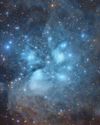
All About Space UK
15 STUNNING STAR CLUSTERS
These beautiful stellar groupings are spattered across the cosmos
8 mins
Issue 161
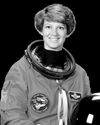
All About Space UK
Eileen Collins "It was a difficult mission...we were the first to see Mir"
Having served as both the first female pilot and first female commander of NASA's Space Shuttle, Collins boosted the involvement of women in space exploration to a whole new level
9 mins
Issue 161
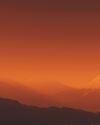
All About Space UK
MARS LEAKS FASTER WHEN IT'S CLOSER TO THE SUN
The Red Planet has lost enough water to space to form a global ocean hundreds of kilometres deep
2 mins
Issue 161
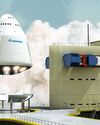
All About Space UK
FUTURE TECH KANKOH-MARU
This ambitious reusable spacecraft will be capable of taking 50 people to and from orbit
2 mins
Issue 161
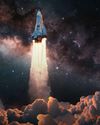
All About Space UK
THE FINAL FRONTIER
Beyond the reach of the Sun is a fascinating region of the cosmos that were only just beginning to explore
8 mins
Issue 161
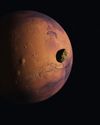
All About Space UK
A long-lost moon could explain Mars' weird shape and extreme terrain
A long-lost moon could explain why Mars is so different from the other rocky planets in the Solar System. Today Mars has two tiny moons.
2 mins
Issue 161
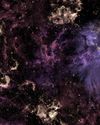
All About Space UK
A sprinkling of cosmic dust may have helped kick-start life on Earth
Cosmic dust may have helped kick-start life on Earth. New findings challenge a widely held assumption that this wasn't a plausible explanation.
3 mins
Issue 161
Translate
Change font size
